




The quest for better body definition, increased muscle, and greater strength is a never-ending journey. A pull day workout focuses on engaging the pull muscles, which are crucial for building upper body strength and definition. To help you on this path, we’re introducing a highly effective addition to your fitness routine: the pull day workout.
If you’re aiming to build muscle and enhance your physique, incorporating pull day workouts into your regimen is essential. This routine not only targets your upper body but also offers a range of benefits that improve overall performance and efficiency. Curious about what a pull day workout entails and which exercises are most effective? Read on to discover everything you need to know!
What is a Pull Day Workout

If you’re a fitness enthusiast, you’re likely familiar with the PPL routine. The push-pull-legs (PPL) method is a widely used training approach, with pull day workouts forming an integral part of it, alongside push day and leg day workouts.
As the name suggests, a pull day workout focuses on exercises that involve pulling motions, typically including compound movements like lat pulldowns, deadlifts, and chin-ups, and other pulling exercises, as well as isolation exercises such as bicep curls.
This routine specifically targets the backside of the upper body, engaging muscles when pulling weight toward the torso, in contrast to push exercises that involve pushing weight away from the body. Incorporating pull day workouts is crucial as they offer similar benefits to resistance training, helping to build strength and enhance muscle development. Maintaining proper form during these exercises is crucial to prevent injuries and maximize effectiveness.
Muscles Worked in a Pull-Day Routine
A pull day workout focuses on exercises that engage various muscles through pulling movements. The key muscle groups activated during these exercises include:
- Lats: The broad muscles of your back that help with pulling movements.
- Lower Back: Muscles that support and stabilize the lower spine.
- Traps: The muscles between your neck and shoulders that assist in shoulder movement.
- Grip: Muscles in the hands and forearms involved in holding weights.
- Rear Delts: The back portion of the shoulder muscles that aid in shoulder extension.
- Biceps: The biceps brachii, located on the front of the upper arm, is a key muscle engaged during curling motions.
Each muscle group can be trained with specific exercises, and we’ll explore how to target each effectively.
1. Lats
The lats, or latissimus dorsi, are large muscles in your back that contribute to the V-shaped appearance. They extend from the thoracic and lumbar spine to the upper part of the hip bone, allowing them to be effectively engaged through exercises with a wide pulling range. You can target different parts of the lats by incorporating a variety of exercises, and tailoring your routine based on the specific areas you wish to develop and define.
2. Lower Back
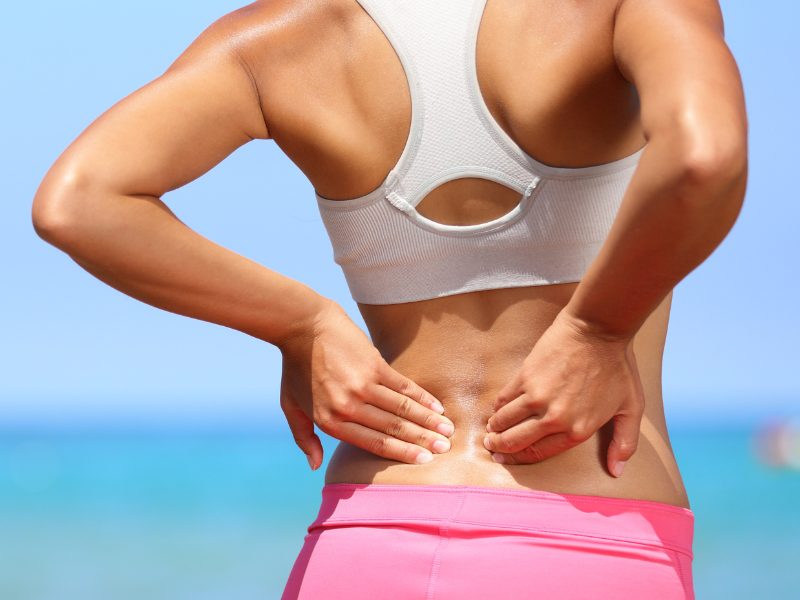
These exercises engage the lower back by requiring it to stabilize and support your body during lifts. Key muscles in the lower back, such as the erector spinae and multifidus, play a crucial role in maintaining stability and enabling spine rotation [1]. Incorporating exercises like T-bar rows and deadlifts effectively activates and strengthens these muscles.
3. Traps
The traps, or trapezius muscles, are a large muscle group activated during exercises that involve stabilizing and moving the shoulder blades. Extending across the upper back, the traps are divided into upper, middle, and lower fibers [2]. The upper fibers are responsible for elevating the collarbones and shoulders, the middle fibers focus on rotating and retracting the shoulders, and the lower fibers assist in rotating and pulling the shoulders downward. Each section of the traps contributes to overall shoulder and upper back stability and strength.
4. Grip & Forearms

Strengthening your grip is crucial for lifting heavy loads, and working out your forearms plays a key role in this. The forearm contains several muscles that extend from the elbow down to the fingertips. By targeting these muscles, you can enhance both your grip strength and wrist flexibility.
Some forearm muscles only cross the wrist and attach at the base of the hand. These muscles primarily affect wrist movements, such as flexing or bending it sideways [3]. In contrast, other muscles extend all the way to the fingers, reaching either the middle bones or the fingertips. While these muscles also contribute to wrist flexion, their primary function is to provide powerful gripping strength.
5. Rear Delts
The rear delts, or rear deltoids, are activated during exercises that involve shoulder stabilization and movement, which helps in their development. The deltoid muscle has three sets of fibers, and the rear delts are one of these sets. Originating from the outside of the upper arms, the rear delts are responsible for extending and externally rotating the shoulder. To effectively engage the rear deltoids, exercises such as barbell rows and face pulls are particularly effective.
6. Biceps
A common misconception, even among experienced gym-goers, is that the biceps consist solely of the upper arm muscles. In reality, the biceps include two key muscles: the biceps brachii and the brachialis. The biceps brachii, which is located on the front of the upper arm, originates from the shoulder blades, while the brachialis lies closer to the bone and plays a crucial role in elbow flexion.
Benefits Of Pull Day Workout
Avoid Muscle Imbalances

In muscle building and body definition, many gym enthusiasts focus primarily on the muscles visible from the front, often neglecting the back muscles. This can result in a disproportionate appearance, as the back plays a crucial role in overall body aesthetics. By incorporating exercises that target pulling muscles, such as pull-ups, you not only enhance the symmetry of your physique but also reduce the risk of injury and improve functional strength.
Allows For Ideal Recovery and Training Time
A pull day workout organizes training by focusing on major muscle groups that are engaged in pulling movements. This separation allows for optimal recovery time for each muscle group while you train others. Incorporating one or two rest days between sessions each week further supports smooth recovery. This structured approach ensures a sustainable and consistent training schedule.
They Improve Performance in Other Key Exercises

Strength brings numerous advantages, especially with a strong back. It makes both daily activities and workouts more manageable, as exercises like lifting weights become easier. A strong back provides essential support during squats, preventing you from falling forward, and offers a stable foundation for bench presses. Additionally, it plays a crucial role in enhancing overall performance and stability across various exercises.
Keeping Trainings Organized
This is an advantage that comes from any split training workout. The routine helps in having a particular structure to adhere to whenever you head to the gym. It also engages multiple muscle groups and maximizes the potential for a well-defined upper body.
Efficiency
Training with one or two upper body pull workouts per week can be more efficient than targeting individual muscle groups in separate sessions. This approach allows you to work all your back muscles, biceps, and upper body in a single session, maximizing your workout’s effectiveness and saving time.
Best Pull Day Workout Routine
Here are some of the best exercises to incorporate into your pull day workout routine. Follow the instructions for each exercise, along with the recommended reps and sets, to optimize your training:
- Deadlift: 3 sets x 5 reps
- T-Bar Row: 3 sets x 6-8 reps
- Chin Up: 3 sets x 6-8 reps
- Lat Pulldown: 3 sets x 10 reps
- Dumbbell Row: 2 sets x 10 reps
- Cable Face Pull: 2 sets x 12 reps
- Barbell Curl: 2 sets x 10 reps
- Arm Curl: 3 sets x 8-12 reps
Deadlift: 3 sets x 5 reps
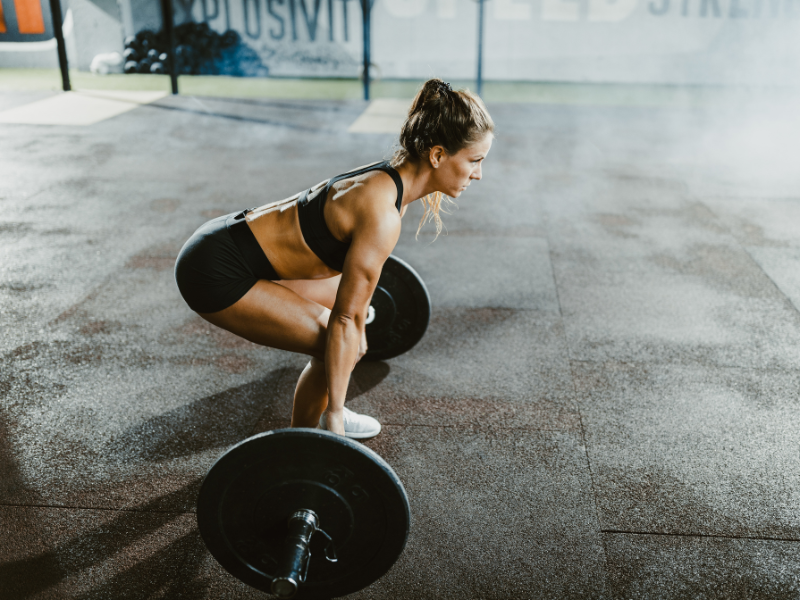
- Stand with feet hip-width apart, and have the barbell over mid-feet.
- Grip the barbell just outside the knees, using overhand or mixed grip as preferred.
- Keep your back straight and your chest up.
- Push through the heels, extend the legs and hips, and stand tall with your shoulders back as you lift the barbell.
- Hinge at hips and bend knees slightly. Then lower the barbell close to your legs while controlling the descent
T-Bar Row: 3 sets x 6-8 reps
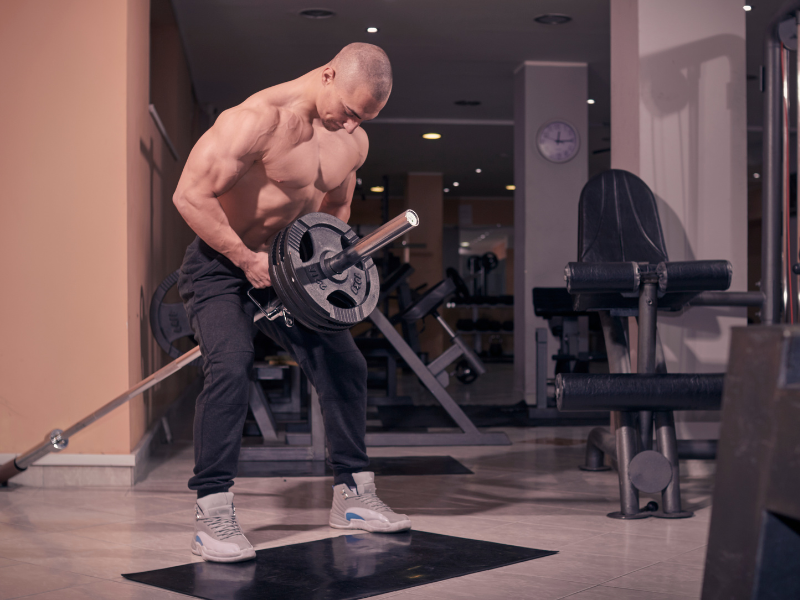
- Begin by loading one end of the barbell into a T-bar row machine. Straddle the barbell while standing shoulder-width apart and hold it with both hands.
- Bend at the hips and knees, keeping your back flat. Lean forward slightly and extend your arms fully, holding the handles or barbell.
- Lift the weight towards your chest by retracting your shoulder blades and bending your elbows. Contract your upper back muscles at the top of the movement.
- Slowly return to the starting position by fully extending your arms.
Chin Up: 3 sets x 6-8 reps
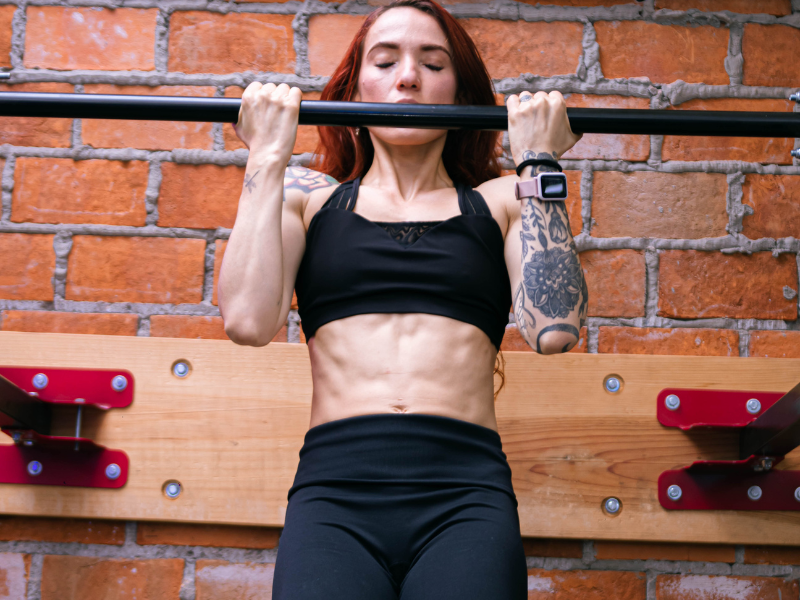
- Grab a pull-up bar with an underhand (supine) grip, with your hands being shoulder-width apart.
- Hang with arms fully extended and the legs slightly bent or crossed behind you.
- Tighten your core and pull yourself up by bending your elbows and retracting your shoulder blades. Aim to bring your chin above the bar.
- Slowly lower yourself back to the starting position by extending your arms fully.
Lat Pulldown: 3 sets x 10 reps

- Set the bar to a comfortable height and then sit on the pulldown machine seat with your feet flat on the ground.
- Grab the bar with a wide, overhand grip (or narrow grip for variation).
- Sit upright and bring the bar down towards your chest by pulling with your back and arms, retracting your shoulder blades.
- Focus on contracting your lats at the bottom of the movement.
- Slowly let the bar rise back to the starting position while fully extending your arms.
Dumbbell Row: 2 sets x 10 reps
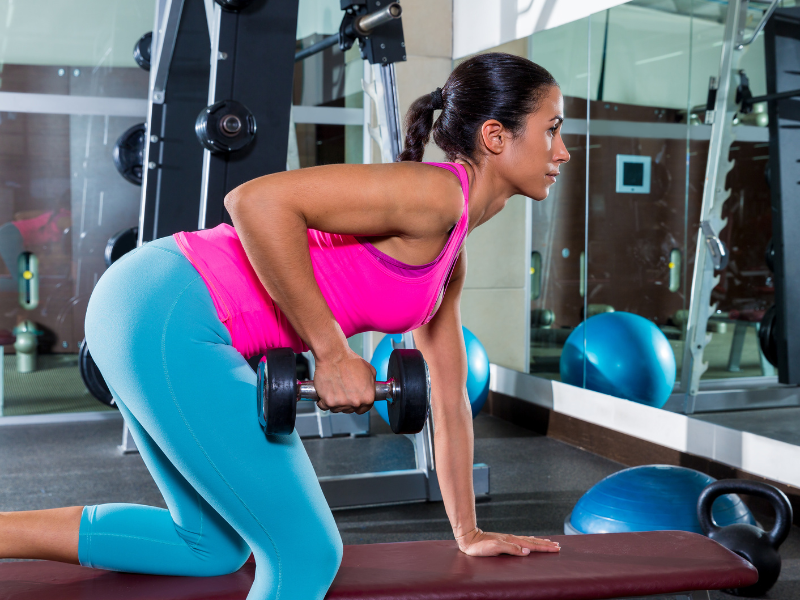
- Begin by placing one knee and hand on a bench for support. Keep your back parallel to the floor.
- Hold a dumbbell in your free hand with a neutral grip (palm facing in).
- Now lift the dumbbell towards your hip by bending your elbow and retracting your shoulder blade. Contract your back muscles at the top of the movement.
- Slowly lower the dumbbell back to the starting position by fully extending your arm.
Cable Face Pull: 2 sets x 12 reps
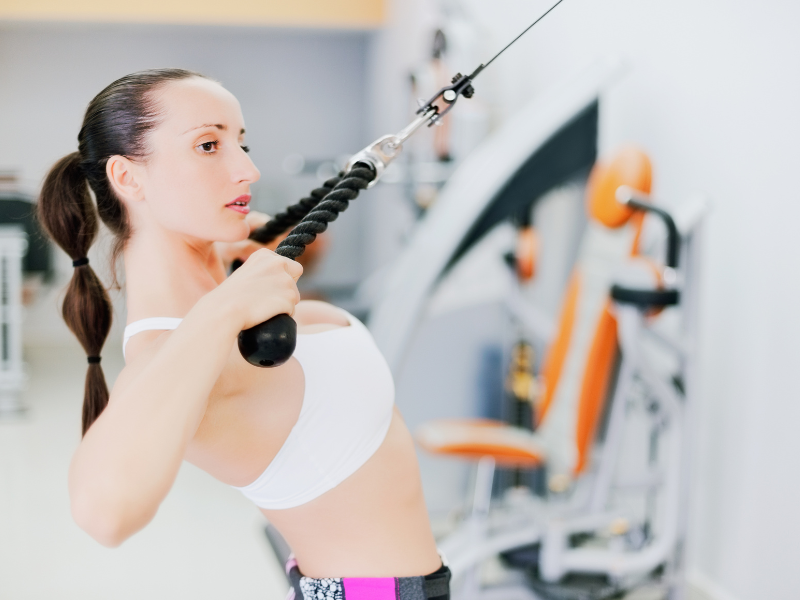
- Attach a rope handle to the high pulley of a cable machine. Stand facing the machine and grip the rope with both hands using an overhand grip.
- Step back to create tension in the cable, and position your feet shoulder-width apart.
- Stand upright and slightly bend your knees. Pull the rope towards your face, separating the ends of the rope and squeezing your shoulder blades together. Your elbows should be bent at about 90 degrees
- Slowly extend your arms back to the starting position while maintaining tension in the cable
Barbell Curl: 2 sets x 10 reps

- Stand with your feet shoulder-width apart and grab the barbell with an underhand (supine) grip. The hands must be slightly wider than shoulder-width.
- Hold the barbell with arms fully extended and elbows close to your torso.
- Curl the barbell up towards your chest by bending your elbows. At the top of the movement, squeeze your biceps briefly.
- Slowly lower the barbell back to the starting position by fully extending your arms.
Arm Curl: 3 sets x 8-12 reps

- Stand with your feet shoulder-width apart. Hold a dumbbell in each hand with an underhand grip. Keep your arms fully extended by your sides, elbows close to your torso. Now curl the weights towards your shoulders by bending your elbows.
- At the top of the movement, briefly squeeze your biceps.
- Slowly lower the weights back to the starting position by fully extending your arms.
The push-pull-legs split is ideal for those who are looking for a 6-day split. This separates the exercises and you’ll be doing the push workout twice a week on non-consecutive days. This can give you efficient and optimal muscle gains.
You may also like:
Tips to follow when planning your pull day workout
Before diving into the pull day workout routine, here are a few things to keep in mind that would help you have a successful session.
Eccentric phases must be controlled
Resistance training exercises generally involve three phases of movement: concentric, isometric, and eccentric. The concentric phase occurs when the muscle shortens as it contracts. The isometric phase happens when the muscle contracts but maintains the same length. The eccentric phase involves the muscle contracting while lengthening. For example, during the downward phase of a bicep curl, as you lower the weight back to the starting position, you are engaging the eccentric phase. Controlling this phase is crucial, as it significantly impacts muscle hypertrophy [4].
Follow the right diet
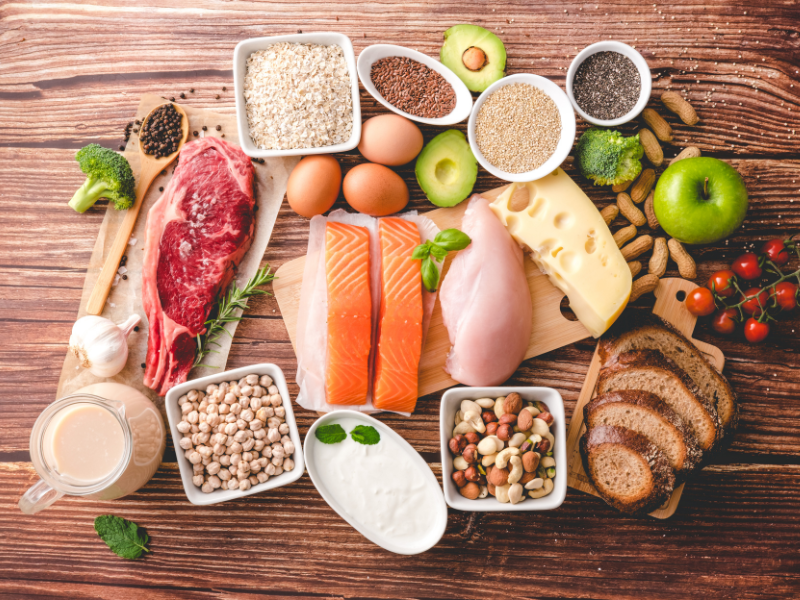
Achieving any fitness goal, particularly muscle gain, requires pairing exercise with the right diet. To support muscle growth, it’s essential to follow a diet high in protein and healthy fats, while maintaining a slight caloric surplus. This approach ensures that your body has the necessary nutrients and energy to build and repair muscle effectively while engaging in pulling exercises.
Using progressive overload:
The suggested pull day workout routine emphasizes the importance of progressive overload, which is crucial for all pull day exercises you plan to include. Progress by gradually increasing both the weight and the number of reps, staying within the recommended range. For instance, if the arm curl range is 8 to 12 reps, start by increasing from 8 to 9 reps before advancing further. Avoid skipping intermediate steps to ensure steady progress and prevent injury.
Summary
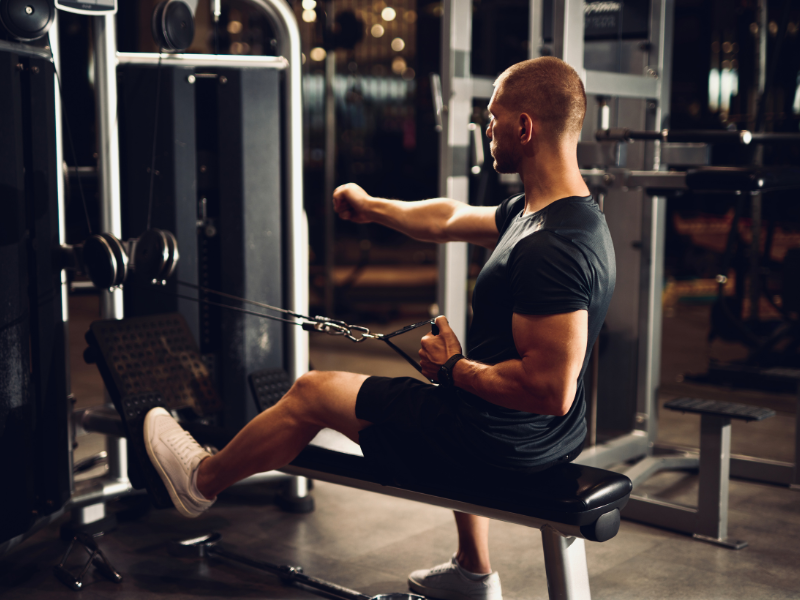
We hope this provides insight into the many benefits of incorporating a pull day workout routine. It’s a valuable addition to your sessions if you aim to transform and engage your back muscles. Integrating it into your push-pull-legs (PPL) routine creates an ideal setup for targeting different muscle groups and developing a well-defined physique. For more exercises and tips tailored to your fitness goals, be sure to explore the JustFit app!
What is a pull day workout?
What machines can I use on pull day?
What are the warm-ups for pull day?
Is tricep a push or pull muscle?
Jung, Hye-Young et al. “Effect of Wrist Joint Restriction on Forearm and Shoulder Movement during Upper Extremity Functional Activities.” Journal of physical therapy science vol. 25,11 (2013): 1411-4. Available at: doi:10.1589/jpts.25.1411 MacDonald, D. A., Moseley, G. L., & Hodges, P. W. (2006). The lumbar multifidus: does the evidence support clinical beliefs?. Manual therapy, 11(4), 254–263. Available at: https://doi.org/10.1016/j.math.2006.02.004 Ourieff, J. (2023, March 11). Anatomy, back, trapezius. StatPearls [Internet]. Available at: https://www.ncbi.nlm.nih.gov/books/NBK518994/#:~:text=The%20trapezius%20muscle%20is%20a,and%20lower%20groups%20of%20fibers. Schoenfeld, B. J., Ogborn, D. I., Vigotsky, A. D., Franchi, M. V., & Krieger, J. W. (2017). Hypertrophic Effects of Concentric vs. Eccentric Muscle Actions: A Systematic Review and Meta-analysis. Journal of strength and conditioning research, 31(9), 2599–2608. Available at: https://doi.org/10.1519/JSC.0000000000001983





